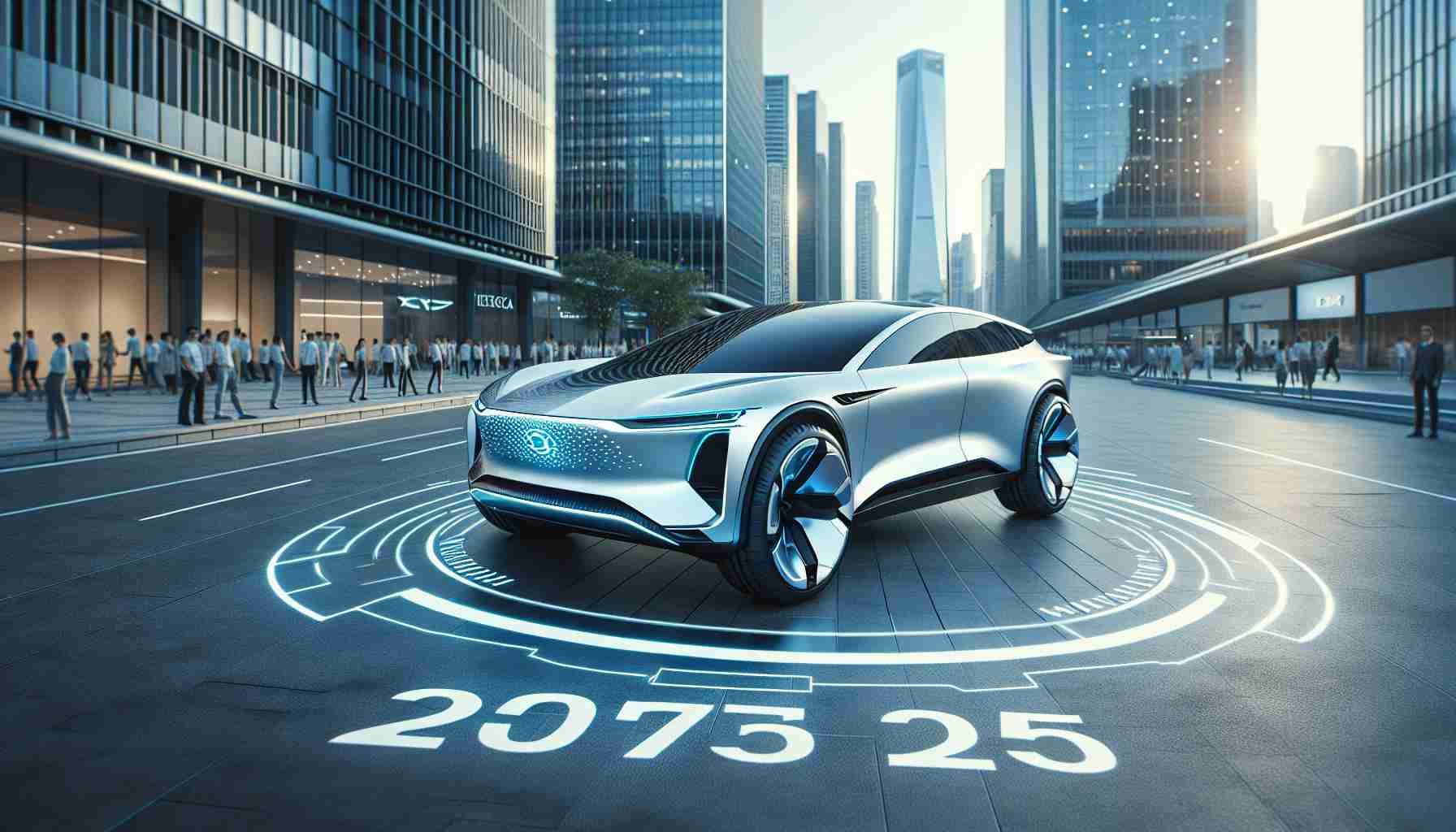- Tesla’s sales in California saw a significant decline, with Model 3 registrations dropping by 36%.
- The company’s overall sales fell by nearly 8% in the last quarter due to increased competition.
- Tesla’s market share of zero-emission vehicle registrations decreased from 60.1% to 52.5% over the year.
- External factors, including political involvement by CEO Elon Musk, may have influenced customer perception and sales.
- The relocation of Tesla’s headquarters and political tensions in California could further complicate its market position.
- Innovation must be paired with attention to public sentiment and consumer values for Tesla to regain its competitive edge.
Tesla’s performance in 2024 took an unexpected hit, even with the debut of their much-anticipated Cybertruck. Despite launching a fifth model, the electric vehicle giant recorded a dramatic decline in registrations across California—its most crucial market.
Staggering reports reveal that sales of Tesla’s Model 3 sedan plummeted by a staggering 36% throughout the year, contributing to nearly an 8% dip in overall sales during the last quarter. The figures from the California New Car Dealers Association highlight a year of struggle for Tesla, which saw its share of zero-emission vehicle registrations fall from 60.1% to 52.5%.
Amid a climate of strong competition, where companies like Honda and Hyundai seized the opportunity to increase their market share, Tesla’s challenges were compounded by external factors. CEO Elon Musk’s prominent involvement in the recent US elections, including substantial financial backing for Republican candidates, may have alienated potential customers in a state that overwhelmingly favored Democratic leadership.
Tesla’s shift of headquarters from California to Texas, combined with mounting political tensions, added to the complications. Governor Gavin Newsom’s warnings to exclude Tesla from state EV rebates could further impact the company’s fortunes.
As the electric vehicle landscape becomes increasingly competitive, Tesla must adapt swiftly to reclaim its lost ground and navigate the complexities of an ever-evolving market. The takeaway? In the world of EVs, innovation alone won’t guarantee success—public perception and strategic alignment with consumer values are equally vital. Stay tuned, as the battle for the future of electric vehicles heats up!
The Shocking Decline: Can Tesla Recover Its Market Dominance?
Tesla’s 2024 Performance: A Deep Dive
Tesla, once the undisputed leader in electric vehicles (EVs), is facing significant challenges in 2024, especially with the much-anticipated launch of the Cybertruck overshadowed by declining sales. Key statistics reveal a troubling trend: registrations of Tesla’s vehicles in California—its critical market—have experienced a steep decline, despite introducing a fifth model.
# Analysis of Declining Sales
Reports indicate that sales of Tesla’s Model 3 fell by 36% this year, contributing to an overall sales decline of nearly 8% in the last quarter. This downturn is further highlighted by data from the California New Car Dealers Association, which shows Tesla’s market share of zero-emission vehicle registrations dropping from 60.1% to 52.5%.
Pros and Cons of Tesla’s 2024 Position
# Pros
1. Innovative Launches: The Cybertruck, despite low initial sales, could revitalize interest in the brand.
2. Brand Loyalty: Tesla retains a dedicated customer base that could support long-term recovery.
3. Sustainability Commitment: Tesla continues to lead in renewable tech innovations.
# Cons
1. Increased Competition: Companies like Honda and Hyundai are gaining ground in the EV market.
2. Political Controversies: CEO Elon Musk’s political activities may alienate key consumer demographics.
3. Changing Consumer Preferences: The shift towards brands that align with social values is becoming more pronounced.
Market Forecasts: What Lies Ahead for Tesla?
The electric vehicle market is projected to grow significantly, but Tesla must adapt quickly to remain relevant. Analysts predict that if current trends continue, Tesla could struggle to reclaim its former market share. The shift in consumer preferences and the need for brands to align with activist movements will be crucial in shaping sales strategies going forward.
Key Questions About Tesla’s Future
Q1: What impact will the Cybertruck have on Tesla’s sales?
A1: While the Cybertruck is anticipated to attract attention and potentially drive sales, its initial performance has been lackluster. Success will depend on its market reception and Tesla’s ability to market it effectively within the competitive landscape.
Q2: How does political involvement affect Tesla’s brand perception?
A2: Tesla’s involvement in political donations may lead to alienating customers in politically polarized states like California, where the majority leans Democratic. Public perception could shift dramatically based on these associations, affecting sales.
Q3: What strategies can Tesla employ to regain its market share?
A3: Focusing on customer engagement and aligning brand messages with consumer values will be vital. Further investment in innovation, competitive pricing, and marketing strategies that enhance brand loyalty are essential for recovery.
Insights and Trends in the EV Market
The EV landscape is evolving, with competition intensifying. Key trends to watch include:
– Emerging Brands: New entrants in the EV market are challenging Tesla’s dominance.
– Consumer Advocacy: Brands that resonate with social justice messages may outperform others.
– Technological Innovations: Continued advancements in battery technology and infrastructural support are crucial for growth.
Summary
Tesla’s future hangs in a delicate balance, with its ability to navigate political waters and hold onto its core demographic challenging its once-dominant position. As competition heats up and consumer dynamics shift, how Tesla adapts its strategies will determine its success in the fast-evolving market of electric vehicles.
For more detailed insights on Tesla’s market performance, visit Tesla’s official site.



















